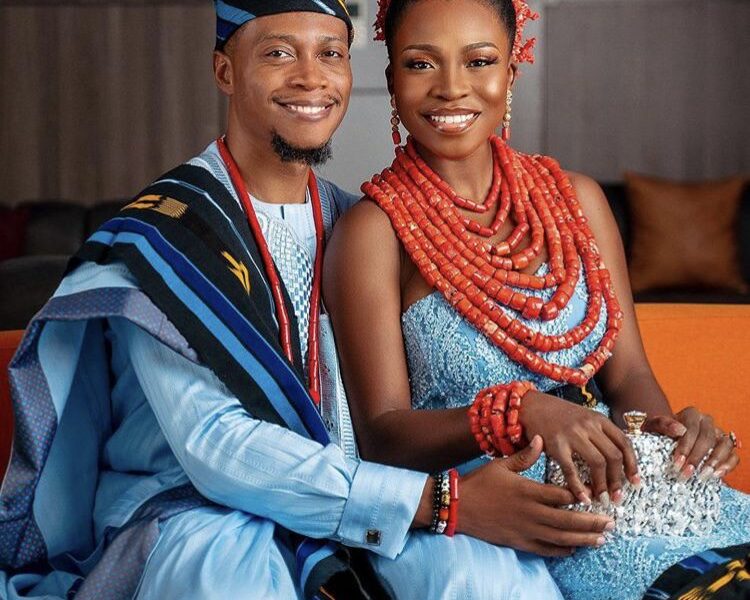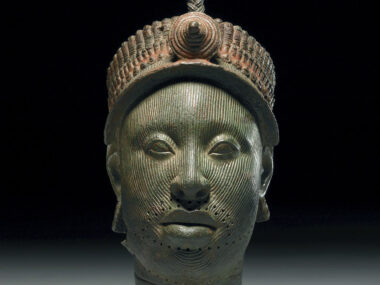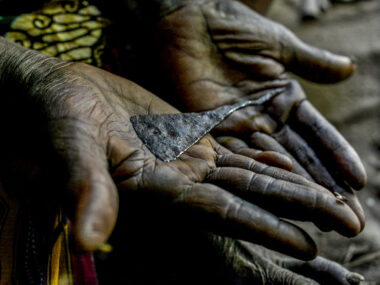Inter-tribal marriage, the union between individuals from different tribal or ethnic groups, has been a longstanding practice in many societies around the world. This essay explores the dynamics, challenges, and benefits of inter-tribal marriage, examining how it serves as a means of cultural exchange, promotes social cohesion, and contributes to the formation of diverse and resilient communities.
Cultural Diversity and Inter-Tribal Marriage

Inter-tribal marriage reflects the cultural diversity and interconnectedness of human societies. It involves individuals from distinct cultural backgrounds coming together to form familial bonds, thereby fostering cross-cultural exchange and understanding.
The practice is rooted in the recognition that cultural diversity enriches the fabric of society and strengthens social cohesion.
Historical and Contemporary Perspectives
Throughout history, inter-tribal marriage has played a significant role in shaping human societies, often serving as a means of forging alliances, resolving conflicts, and promoting peace among diverse tribal groups.
In contemporary times, inter-tribal marriage continues to be prevalent, facilitated by factors such as globalization, urbanization, and increased mobility.
Cultural Exchange and Adaptation
Inter-tribal marriage facilitates cultural exchange and adaptation by bringing together individuals with different traditions, languages, and customs. Spouses learn from each other’s cultural practices, values, and beliefs, enriching their own cultural identities and broadening their perspectives on the world.
Children born into inter-tribal families inherit a rich tapestry of cultural heritage, fostering a sense of belonging to multiple cultural traditions.
Promotion of Social Cohesion
Inter-tribal marriage promotes social cohesion by fostering connections and relationships across tribal boundaries. It breaks down barriers of prejudice and distrust, fostering empathy, tolerance, and mutual respect among diverse communities.
Inter-tribal families serve as bridges between different cultural groups, facilitating dialogue, cooperation, and solidarity within society.
Challenges and Obstacles
Despite its many benefits, inter-tribal marriage can also face challenges and obstacles. Societal prejudices, cultural differences, and familial expectations may create tensions within inter-tribal relationships.
Individuals may struggle to navigate conflicting cultural norms and expectations, leading to misunderstandings and conflicts within the marriage.
Identity and Belonging
Inter-tribal marriage raises questions of identity and belonging for individuals and their children. Spouses may grapple with questions of cultural identity, language proficiency, and the transmission of cultural heritage to their offspring.
Children of inter-tribal marriages may experience a sense of cultural hybridity, negotiating multiple cultural identities within their families and communities.
Legal and Institutional Barriers
In some societies, inter-tribal marriage may be subject to legal and institutional barriers, such as restrictions on marriage between members of different tribes or ethnic groups.
Discriminatory laws and policies may perpetuate social divisions and hinder the free expression of individual choice in matters of marriage and family formation.
Resilience and Adaptability
Inter-tribal marriages demonstrate resilience and adaptability in the face of cultural diversity and change. Couples learn to navigate cultural differences, negotiate compromises, and build resilient family structures that transcend tribal boundaries.
By embracing cultural diversity within their families, inter-tribal couples contribute to the creation of inclusive and harmonious communities.
Community Building and Integration
Inter-tribal marriage contributes to community building and integration by fostering networks of support, cooperation, and solidarity among diverse cultural groups. Families formed through inter-tribal marriage serve as microcosms of multiculturalism, promoting cross-cultural understanding and social integration within society.
Educational and Awareness Initiatives
Educational and awareness initiatives play a crucial role in promoting understanding and acceptance of inter-tribal marriage within society. Schools, media, and community organizations can raise awareness about the benefits of cultural diversity, challenge stereotypes and prejudices, and celebrate the contributions of inter-tribal families to social cohesion and unity.
Conclusion
inter-tribal marriage serves as a powerful catalyst for cultural exchange, social cohesion, and community building within diverse societies. By fostering connections across tribal boundaries, promoting cross-cultural understanding, and nurturing resilient family structures, inter-tribal marriage contributes to the creation of inclusive and harmonious communities.
Embracing and celebrating cultural diversity within the institution of marriage strengthens the fabric of society, enriches the lives of individuals and families, and paves the way for a more inclusive and equitable future for all.










